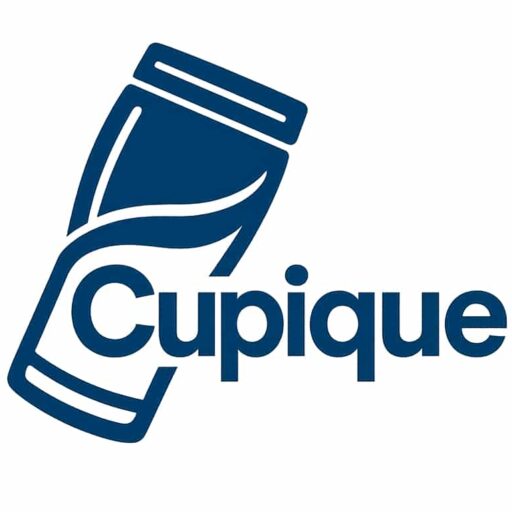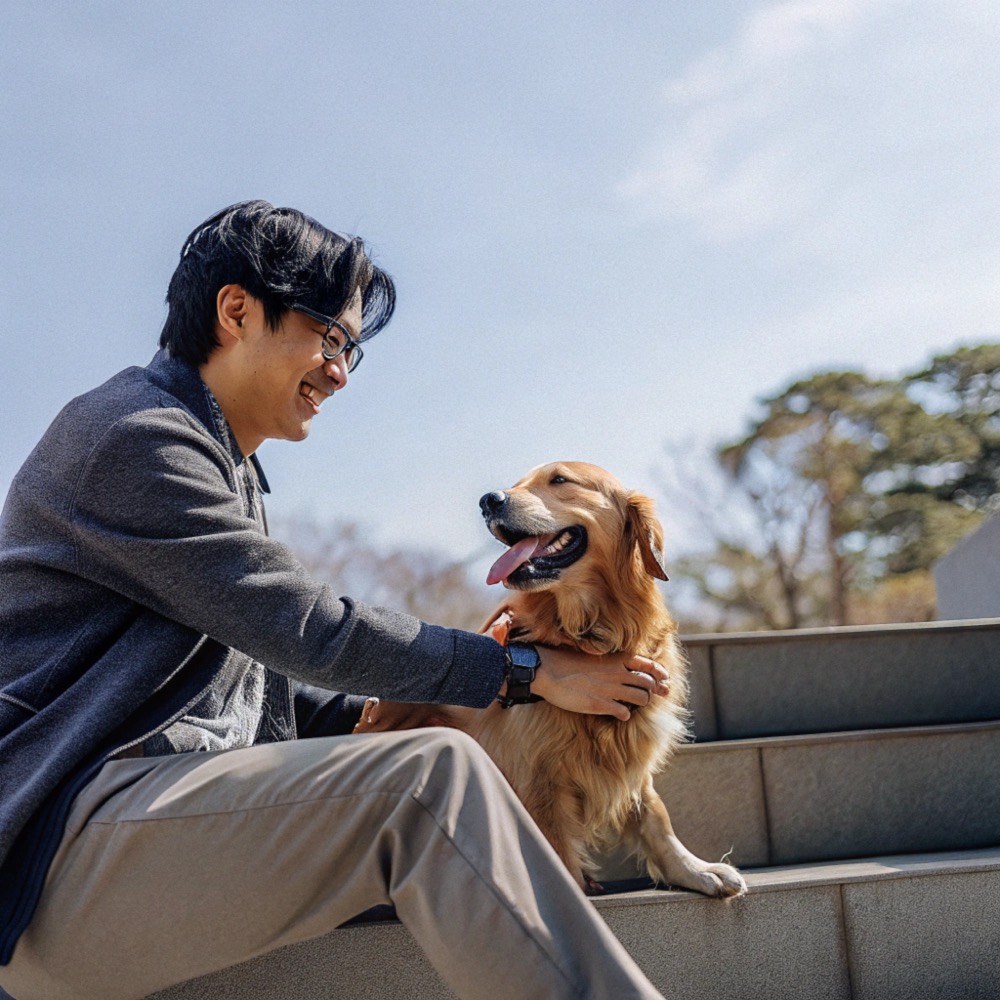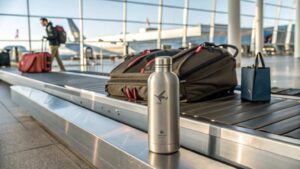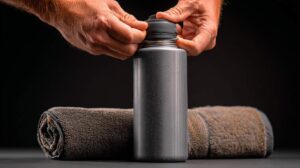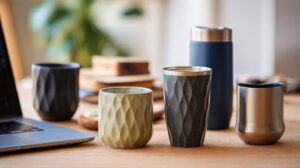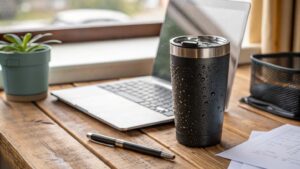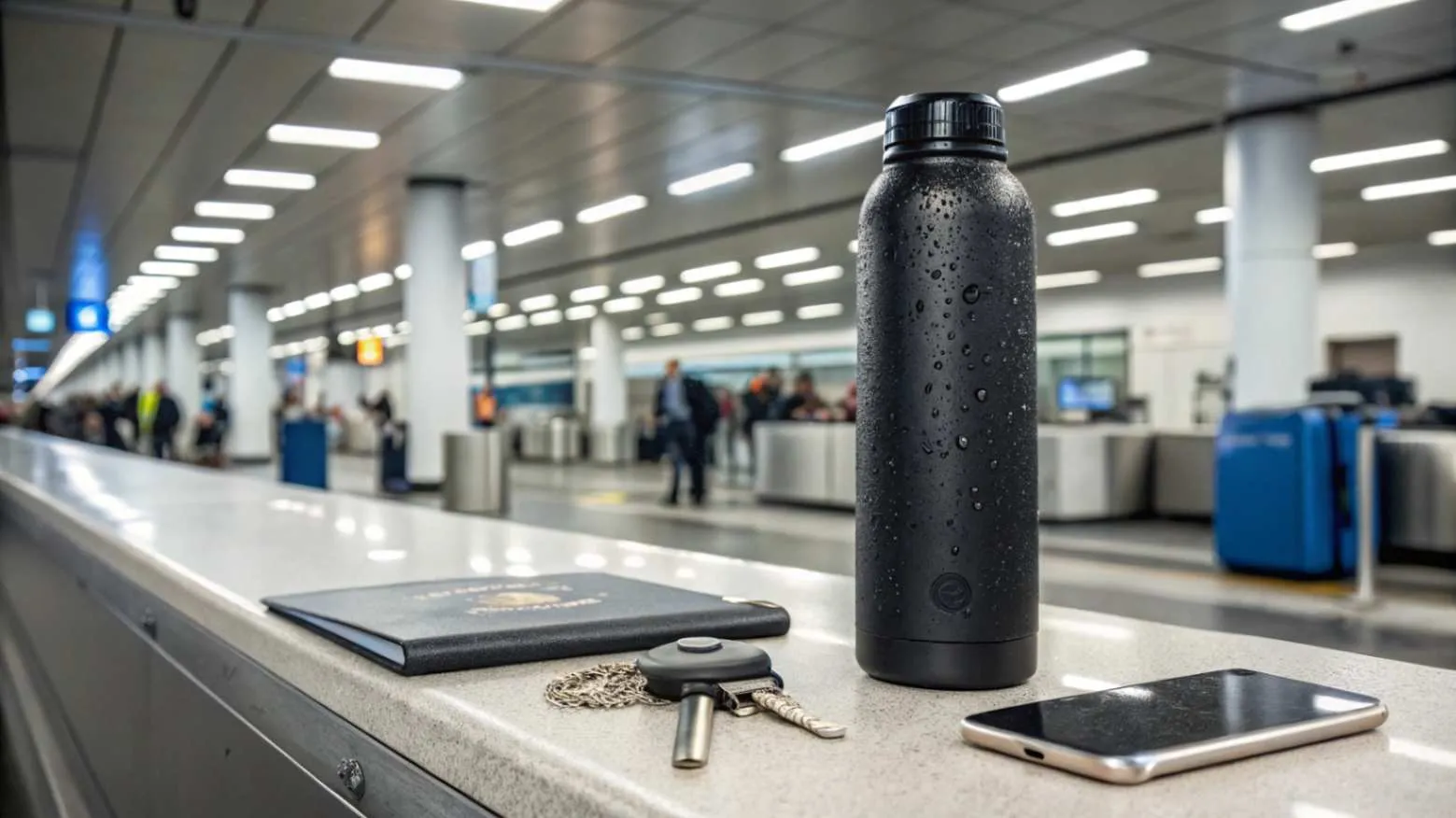
Yes, you can bring stainless steel water bottles through airport security and onto planes, but they must be completely empty when going through the screening checkpoint. After passing security, you can refill your bottle at water fountains or filling stations available in most airports.
As a manufacturer of premium stainless steel bottles, I've heard countless stories from customers about their airport experiences. Understanding these rules not only helps travelers but also shapes how we design our products. Let's break down everything you need to know about traveling with stainless steel water bottles.
Stainless steel water bottles are allowed on planes if emptyTrue
The passage states that stainless steel water bottles are allowed through security and on planes, as long as they are completely empty.
Stainless steel water bottles are prohibited on planesFalse
The passage explicitly states that stainless steel water bottles are allowed on planes, as long as they are empty when going through security.
Can I Bring a Stainless Steel Water Bottle on an Airplane
The thought of having your favorite water bottle confiscated at security is stressful. Many travelers are unsure if metal bottles are even allowed, given the strict screening process.
Yes, stainless steel water bottles are permitted on airplanes in both carry-on and checked luggage. The key requirement is that the bottle must be completely empty when going through the security screening. The material itself is not an issue for TSA or other security agencies worldwide.

In my years of designing bottles for travelers, I've learned that airport compatibility is a crucial feature. Our customers want bottles that work well within travel constraints. The TSA's focus is on liquids, not the container itself. Stainless steel actually has advantages during screening because it's easily identifiable on X-ray machines.
When designing travel-friendly bottles, we focus on features that make emptying and refilling easy. Wide-mouth openings allow for quick pouring before security and easy refilling (and adding ice) after. Simple lid mechanisms prevent leaks but also enable quick access when you're juggling passports and boarding passes.
The non-reactive nature of food-grade stainless steel (we use 304 and 316 grades) means the bottle won't retain odors or flavors from previous drinks, which is especially important when you're refilling with whatever water is available at your destination. This material also doesn't leach chemicals, making it a safe choice regardless of what liquid you eventually put in it.
For frequent flyers, I recommend bottles with integrated handles or attachment points that can be clipped to backpacks or carry-ons, keeping hands free during the security process.
Empty stainless steel water bottles are allowed on airplanesTrue
The paragraph states that stainless steel water bottles are permitted in carry-on and checked luggage, as long as they are completely empty when going through security.
Stainless steel water bottles are prohibited on airplanesFalse
The paragraph clearly states that stainless steel water bottles are allowed on airplanes, as the material itself is not an issue for security.
Can I Bring an Empty 64 oz Water Bottle Through TSA
Large water bottles are popular for staying hydrated during long flights, but their size raises questions about TSA compliance. Many travelers wonder if there's a size limit for empty bottles.
Yes, you can bring an empty 64 oz water bottle through TSA security. There is no size restriction for empty water bottles. However, consider the practicality of carrying such a large bottle in your limited carry-on space and whether it will fit in seat pockets or tray tables.
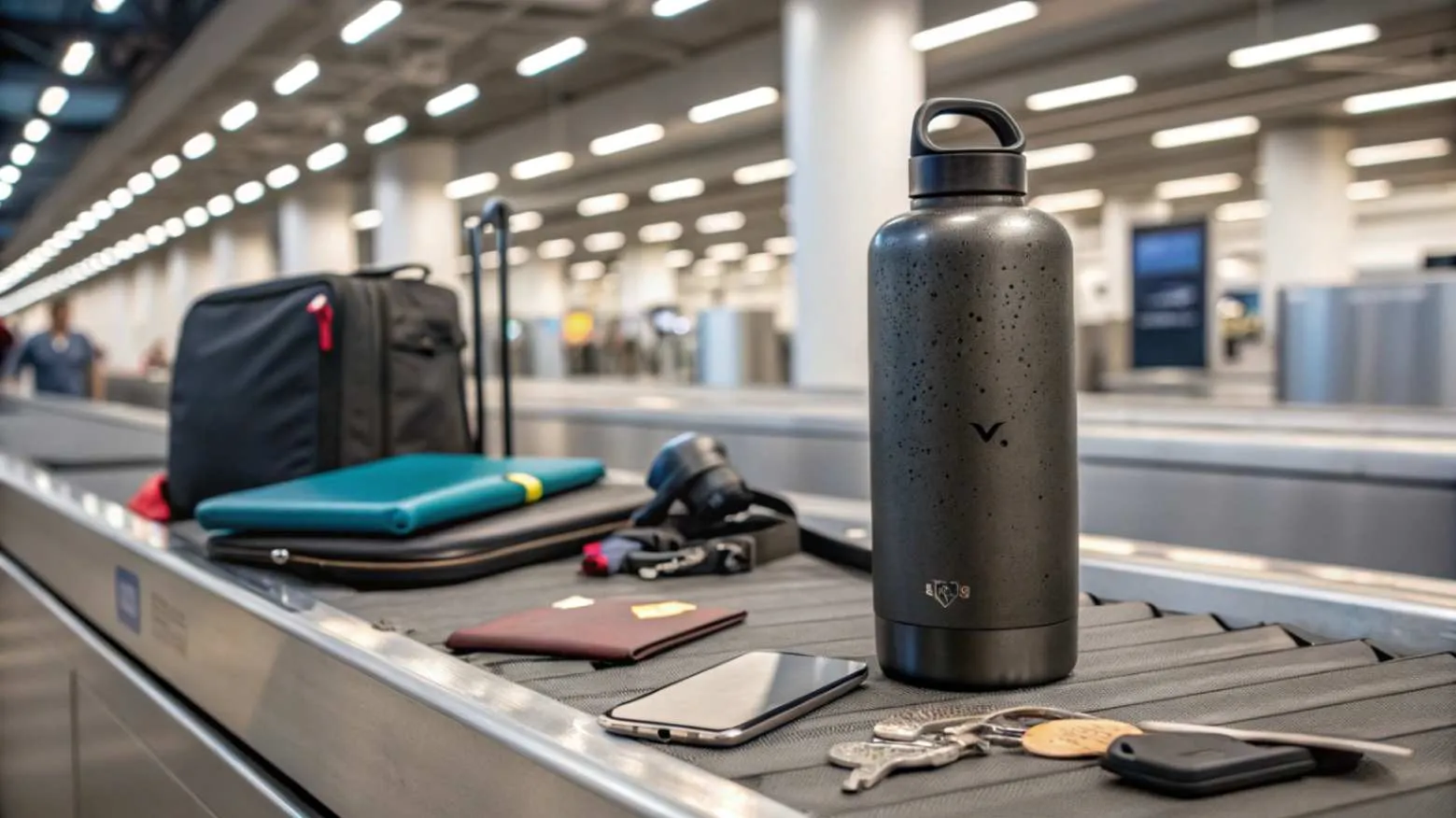
The question of bottle size reveals an interesting tension in product design. While technically allowed, oversized bottles present practical challenges for travelers. In our product development meetings, we often discuss this balance between capacity and convenience.
A 64 oz bottle (nearly 2 liters) provides excellent hydration capacity for long flights, potentially eliminating the need for plastic cups during beverage service. This is especially valuable on international flights where staying hydrated is crucial for combating jet lag. However, the physical dimensions can be problematic in the confined spaces of air travel.
When we design larger-capacity bottles for travelers, we consider several factors beyond simple volume. The bottle's profile matters—slimmer designs fit better in backpack side pockets and are less likely to be knocked over on tray tables. Weight distribution affects comfort when carrying, especially when the bottle is full after security. The cap design becomes even more critical, as a leak from a larger bottle would create a bigger mess.
For business travelers who might be heading straight to meetings after landing, we've found that modular systems work well—bottles that can be expanded or collapsed depending on the situation, or designs that work well both in professional settings and during travel.
Some of our wholesale clients who cater to frequent travelers have requested custom features for larger bottles, such as measurement markings to track daily water intake during long trips, or special insulation properties to maintain temperature during extended layovers.
You can bring an empty 64 oz water bottle through TSA securityTrue
The article states that there is no size restriction for empty water bottles.
Empty water bottles are prohibited through TSA securityFalse
The article clearly states that you can bring an empty 64 oz water bottle through TSA.
Why is TSA So Strict About Water Bottles
The seemingly excessive focus on water bottles at security checkpoints frustrates many travelers. Understanding the reasoning behind these rules helps put them in perspective.
TSA strictly regulates liquids, including water in bottles, because liquid explosives can potentially be disguised as harmless beverages. The 3-1-1 liquid rule (3.4 oz containers in 1 quart-sized bag, 1 bag per passenger) was implemented after a foiled 2006 plot to use liquid explosives on transatlantic flights.
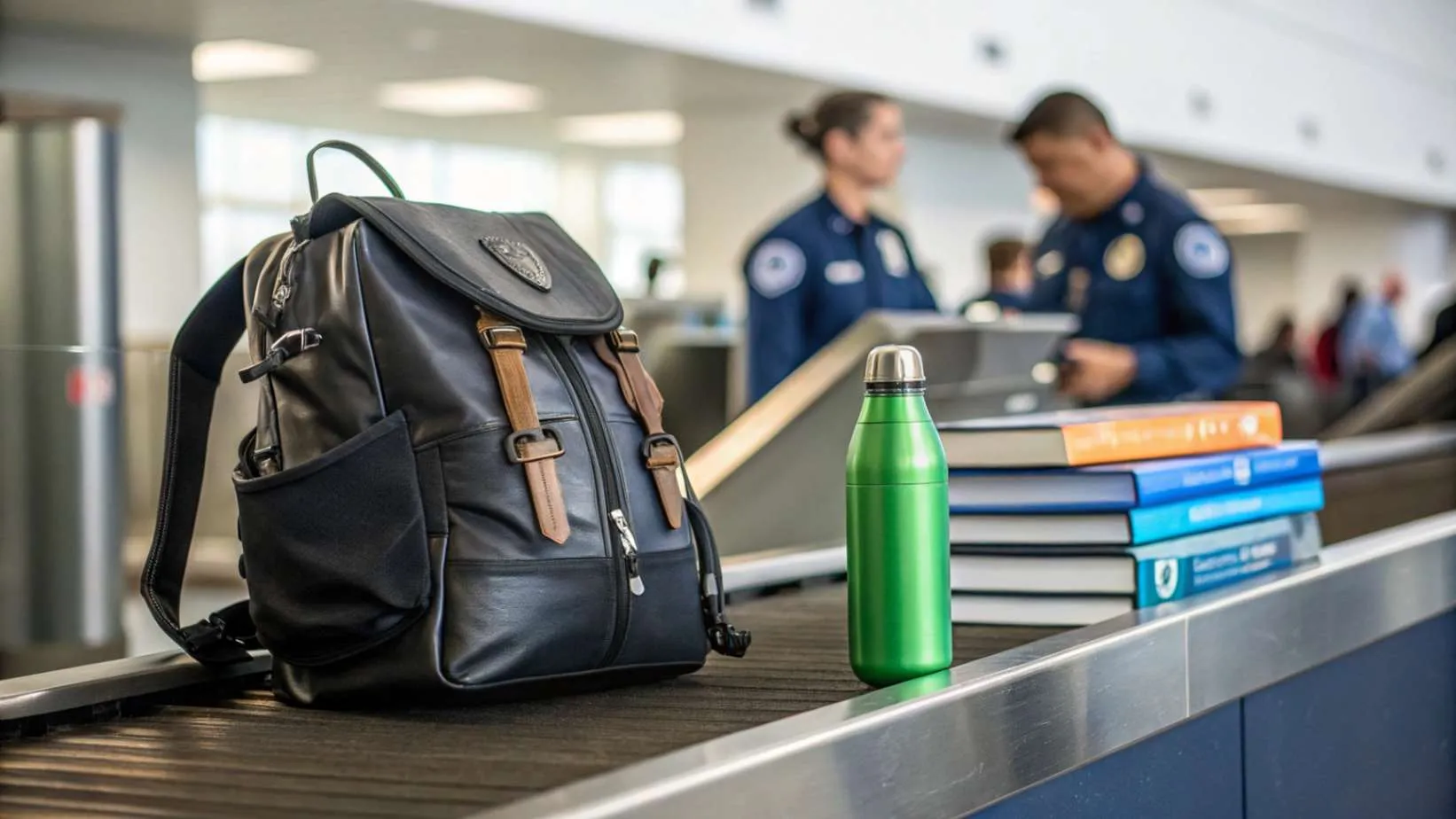
The strict liquid regulations have shaped how we approach bottle design for the travel market. While the rules might seem inconvenient, they're rooted in genuine security concerns that emerged from specific threats. In August 2006, British authorities uncovered a plot to detonate liquid explosives disguised as soft drinks on multiple transatlantic flights. Within days, the now-familiar liquid restrictions were implemented globally.
From a manufacturer's perspective, these regulations have created interesting design challenges. We've invested in creating bottles that make compliance easier while still delivering value to travelers. Features like clear volume markings help travelers know exactly how much liquid they have (useful for the 3.4 oz rule if partially filled). Some of our designs include removable inner containers that can be separated for cleaning or for compliance with different security requirements around the world.
The psychology of security screening also influences our approach to materials and appearance. Stainless steel presents well during screening—it's a known, trusted material that security personnel see regularly. Our bottles use 304 and 316 food-grade stainless steel, which provides excellent durability while maintaining a professional appearance that doesn't raise eyebrows during screening.
For our business clients who order custom bottles for corporate travelers, we often recommend designs that balance security compliance with brand visibility. A bottle that's easy to empty and refill, while still prominently displaying company branding, becomes a practical promotional item rather than a security headache.
The insulation technology we use becomes particularly valuable post-security. After emptying a bottle for screening, travelers often refill with water that isn't ideally cold. Our vacuum insulation technology helps maintain the temperature of whatever liquid is added after security, improving the overall travel experience despite the initial inconvenience.
TSA strictly regulates water bottles due to liquid explosivesTrue
Liquid explosives can be disguised as water bottles, so the 3-1-1 liquid rule was implemented to enhance security.
TSA bans all liquids, including water bottles, at security checkpointsFalse
The 3-1-1 liquid rule allows passengers to bring water bottles within certain size limits, not a complete ban.
Can You Bring a Yeti Water Bottle on a Plane
Yeti and similar premium insulated bottles represent significant investments, and travelers naturally worry about bringing these expensive items through security. The rules can seem unclear for specific brands.
Yes, you can bring a Yeti water bottle or any similar premium insulated stainless steel bottle on a plane. Like all water bottles, it must be empty when going through security screening. The brand or price point of the bottle makes no difference to TSA regulations.
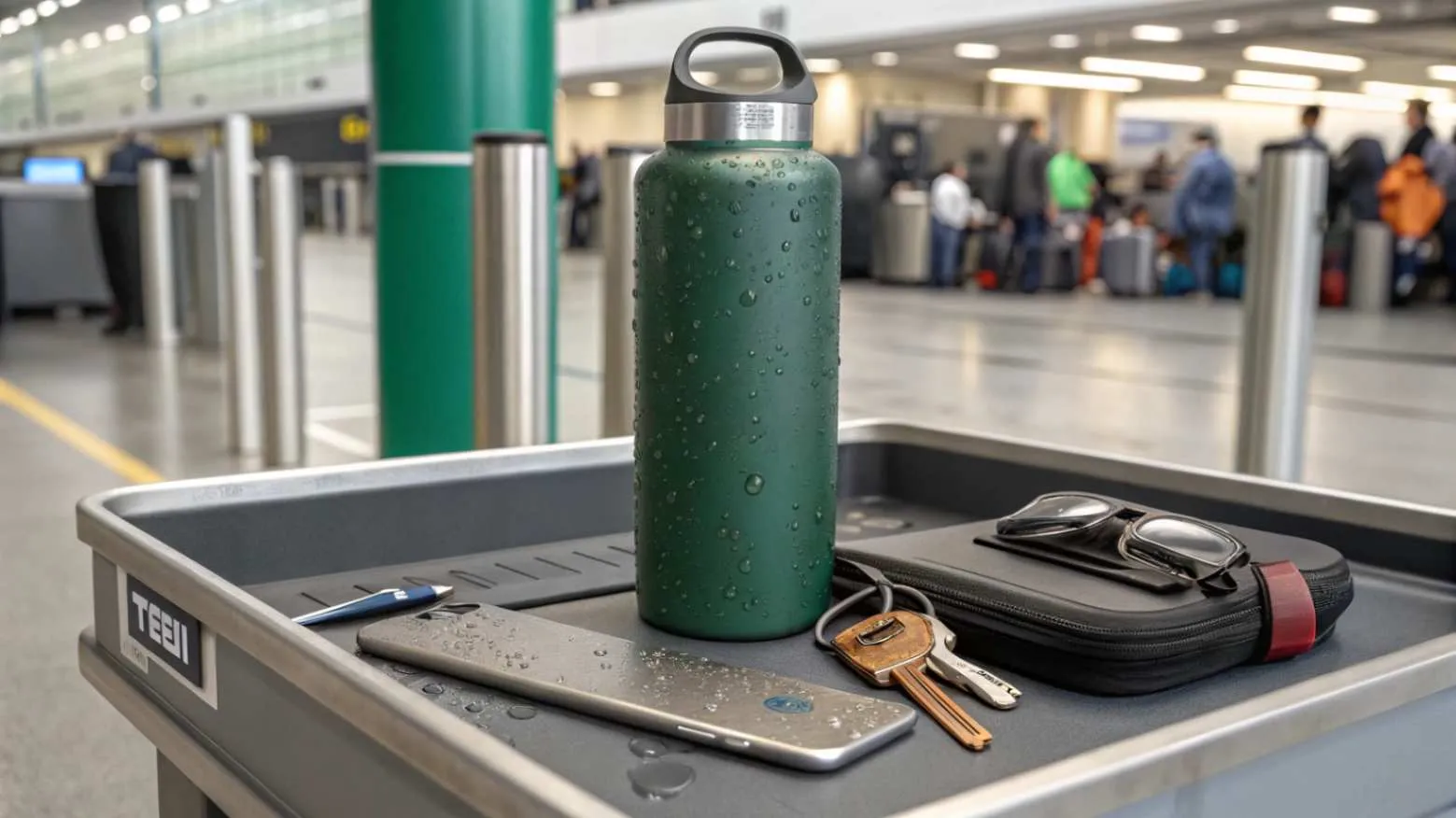
As someone who competes in the same market as Yeti and other premium bottle brands, I've studied how these products perform in travel situations. The question about specific brands highlights how important brand trust has become in the reusable bottle market, especially for travel use.
Premium bottles like Yeti (and our own Cupique bottles) share features that make them particularly well-suited for air travel. The superior insulation technology keeps beverages at desired temperatures for extended periods—crucial during long flights or delays. The robust construction withstands the inevitable bumps and drops that happen during travel. Leak-proof designs prevent disasters in carry-on bags containing electronics or important documents.
When designing our travel-oriented bottle lines, we benchmark against these premium brands while looking for opportunities to add traveler-specific features. Our research shows that travelers value certain characteristics beyond just insulation performance. Quick-access lids that can be operated with one hand are particularly useful in cramped airplane seats. Bottles that fit standard cup holders (both in airports and on planes) reduce the risk of spills during turbulence.
The investment in a quality stainless steel bottle pays dividends for frequent travelers. Beyond the environmental benefits of avoiding single-use plastic bottles, the durability means these bottles can withstand hundreds of trips through security scanners and the general rigors of travel. The food-grade stainless steel construction ensures that no matter what water source you're refilling from around the world, the bottle itself won't affect taste or introduce contaminants.
For corporate clients who order customized bottles for traveling employees, we emphasize how premium bottles reflect company values around sustainability while providing a genuinely useful tool for business travelers. The ability to safely transport beverages from hotel to conference room to airport creates continuity in the travel experience.
Yeti water bottles are allowed on planes if emptyTrue
The paragraph states that Yeti and similar insulated bottles can be brought on planes if empty.
The price of a water bottle affects TSA regulationsFalse
The paragraph explicitly states that the brand or price point of the bottle makes no difference to TSA regulations.
Conclusion
Stainless steel water bottles are fully compatible with air travel as long as they're empty during security screening. The investment in a quality bottle pays off with convenience, hydration, and environmental benefits throughout your journey.
